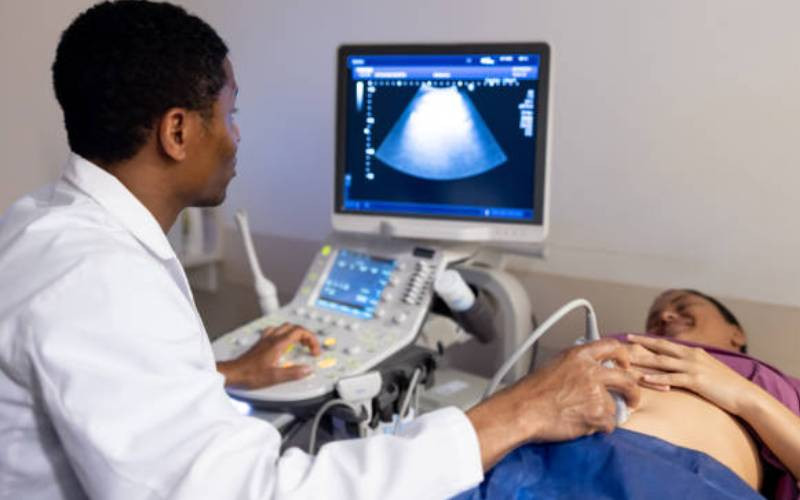×
The Standard e-Paper
Truth Without Fear

According to the latest World Health Organisation estimate of maternal mortality globally (derived from national data), the life time risk of death during pregnancy and childbirth in Kenya is 52, compared to 63 in East Africa, 40 in sub-Saharan Africa (SSA) and 210 globally.
Of the estimated 287,000 maternal deaths that occurred globally in 2020, seven out of 10 occurred in SSA and 7,716 occurred in Kenya.